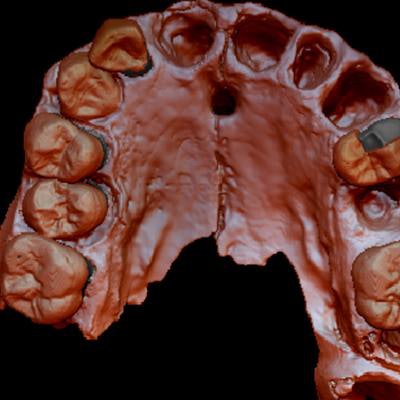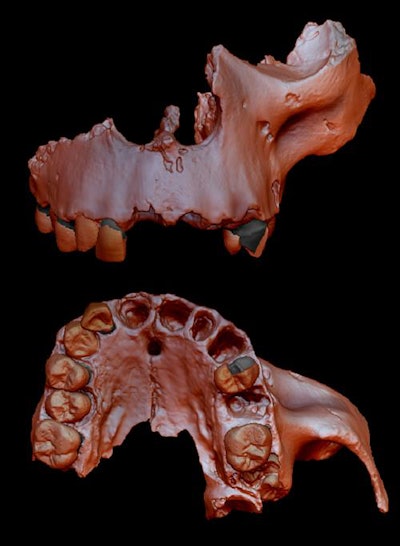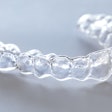
Genetic information from an 800,000-year-old tooth has disproved the theory that Homo antecessor, a species that bore a mix of modern and ancient facial characteristics, is the missing link that led to the humans that exist today, according to a study published April 1 in Nature.
According to the study, H. antecessor, a controversial species discovered in the 1990s, is a close relative but not a direct ancestor of Neanderthals, Denisovans, and Homo sapiens as some scientists have theorized."Our results support the placement of H. antecessor as a closely related sister taxon of the last common ancestor of H. sapiens, Neanderthals and Denisovans," wrote the authors, led by Frido Welker, PhD, a research fellow at the GLOBE Institute at the University of Copenhagen in Denmark.
Still learning
Though human and chimpanzee ancestries split from each other at least 7 million years ago, scientists still don't understand completely how human species evolved from others. Some scientists thought they made a breakthrough in understanding their evolutionary relations when remains were discovered in the Gran Dolina cave site of the Sierra de Atapuerca in Spain in the mid-1990s.
Scientists were intrigued by H. antecessor due to the interesting mix of human and ancient facial features, leading them to hypothesize that they played a large role in human evolution and were the last common ancestors of Neanderthals, Denisovans, and H. sapiens. However, researchers know little about H. antecessor except that some of the group's bones were butchered with precision, indicating to some that this species engaged in cannibalism.
 Digital reconstruction, which was done using computerized microtomography, of a specimen from the H. antecessor collection. Image courtesy of Laura Martín-Francés, PhD, of the University of Bordeaux in France.
Digital reconstruction, which was done using computerized microtomography, of a specimen from the H. antecessor collection. Image courtesy of Laura Martín-Francés, PhD, of the University of Bordeaux in France.Researchers dispelled this theory by using a technique called mass spectrometry to sequence ancient proteins from the dental enamel from the approximately 800,000-year-old tooth of a man found in the Gran Dolina cave site of the Sierra de Atapuerca in Spain.
The method enabled them to retrieve molecular evidence to accurately reconstruct human evolution from further back in time than ever before. Until now, the oldest human DNA retrieved was dated at no more than about 400,000 years old due to the chemical degradation that occurs to DNA over time.
Using this method, scientists could confidently determine H. antecessor's place in the human family tree, according to the study.
The study had no limitations.
Enamel is precious
The scientists noted that dental enamel proteomes survive over hundreds of thousands of years, making it a valuable material for studying evolution.
"Current research therefore suggests that dental enamel, the hardest tissue in the mammalian skeleton, is the material of choice for the analysis of hominin evolution in deep time," the authors wrote.



















